Have you ever searched for something on Google or any other search engine and noticed the list of results that appeared on the screen?
That’s the Search Engine Results Page or SERP for short.
It’s the page that appears when you use a search engine like Google, Bing, or Yahoo to find information online. But did you know that there’s a lot more to SERP than just a simple list of links?
In fact, SERP is constantly evolving and becoming more sophisticated, with features like featured snippets, rich snippets, and knowledge graphs providing users with even more relevant information.
In this article, you’ll learn everything about Search Engine Results Pages.
What is Search Engine Result Page (SERP)?
SERP, or Search Engine Results Page, is the page that appears after you search for something on a search engine like Google or Bing. It’s a list of websites, and other content the search engine thinks is most relevant to your search.
For example, if you type “best pizza places near me” into Google, the SERP will display a list of pizza restaurants in your area along with their websites, addresses, and ratings. You might also see a map showing the locations of these restaurants, reviews from other customers, and even some ads for pizza places that are further away but might still interest you.
The order of the results on the SERP is determined by the search engine’s algorithm, which considers factors like the relevance of the website’s content to your search query, the website’s authority and popularity, and how well the website is optimized for search engines.
How Do SERPs Work?
So, how does a search engine determine what to show on a SERP? Here’s a simple step-by-step explanation of how SERPs work:
- Crawling: The search engine’s “crawler” software starts by “crawling” the web, going from page to page and following links to find new pages to crawl.
- Indexing: As the crawler finds pages, it adds them to the search engine’s “index,” a massive database of all the pages on the web.
- Ranking: When you enter a search query, the search engine uses its algorithm to rank the pages in its index based on how relevant they are to your query.
- SERP display: The search engine then displays the top-ranking pages on the SERP, along with additional features like ads, featured snippets, or knowledge graphs.
Factors that the search engine algorithm considers when ranking pages include the relevance of the website’s content to your search query, the website’s authority and popularity, the website’s structure and UX, how well the website is optimized for search engines, and much more.
Common Features of SERPs
SERPs have come a long way since their early days, and today, they’re packed with features that provide users with more information and options than ever before.
Below are some common features of SERPs that you might encounter:
1. Organic results: These are the standard search results that appear on the SERP based on the relevance of the website’s content to your search query. These results are not paid for and are determined by the search engine’s algorithm.
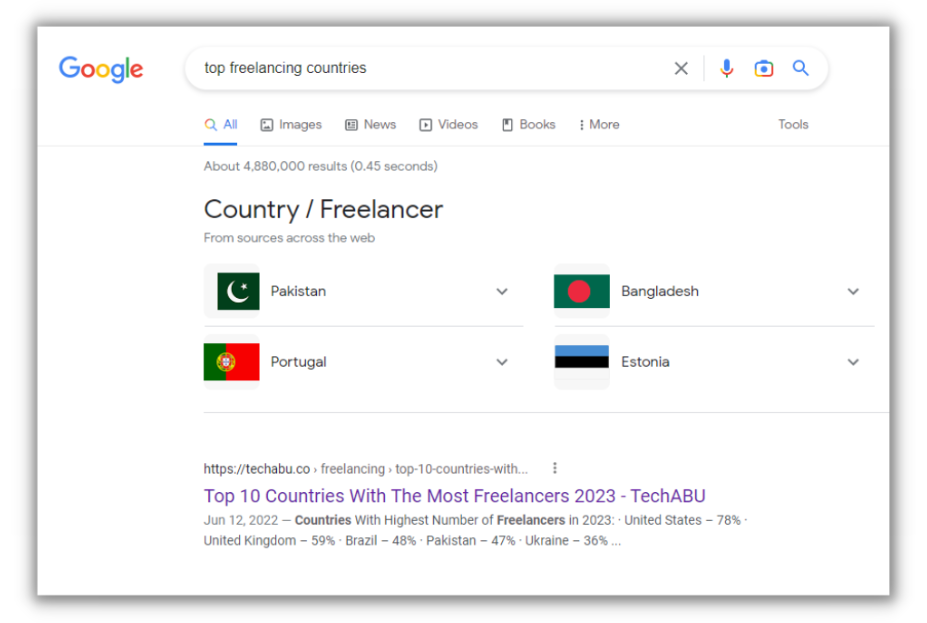
2. Paid results: These are ads that appear on the SERP and are usually marked with an “Ad” or “Sponsored” tag. Advertisers pay for their ads to appear on the SERP, and the placement of their ads is determined by a bidding system.

3. Featured snippets: These are blocks of content that appear at the top of the SERP and provide a brief summary of the answer to your search query. Featured snippets are often in the form of a paragraph, list, or table and are meant to provide a quick answer to a user’s question without the need to click through to a website.
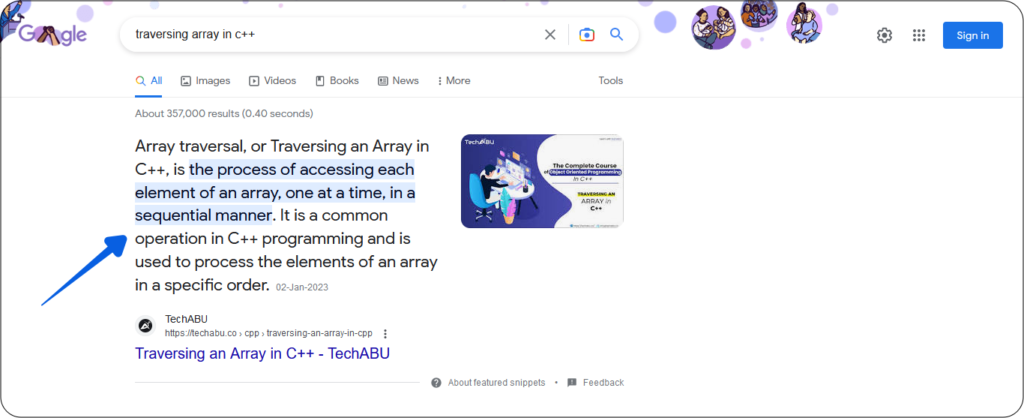
4. Knowledge graphs: These panels appear on the SERP and provide additional information about your search query. Knowledge graphs often display information in a visual format, such as a chart or map, and are meant to give users a deeper understanding of their search topic.
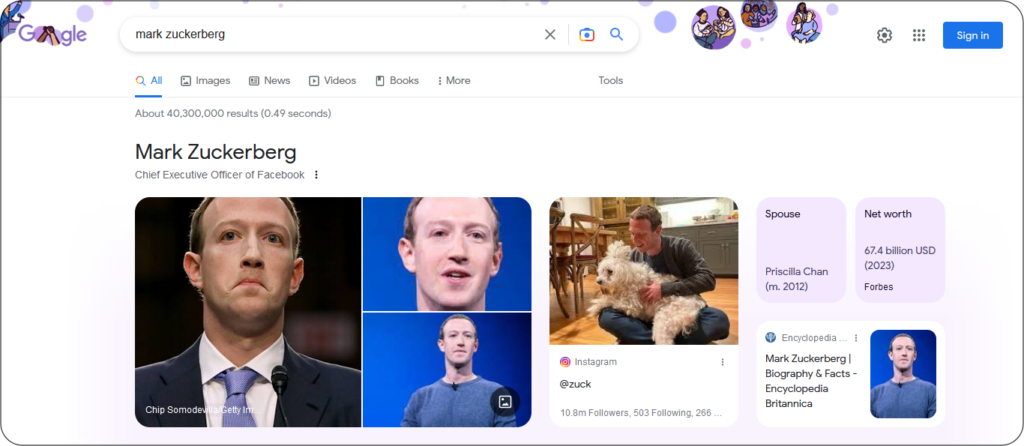
5. Images: These are collections of images related to your search query that appear at the top of the SERP. Image packs are often used for visual searches, such as when looking for pictures of a specific location or product.

6. Videos: Similar to image packs, video results appear on the SERP and provide users with relevant video content related to their search query. This feature is helpful for users who prefer to consume information in video format rather than reading text.
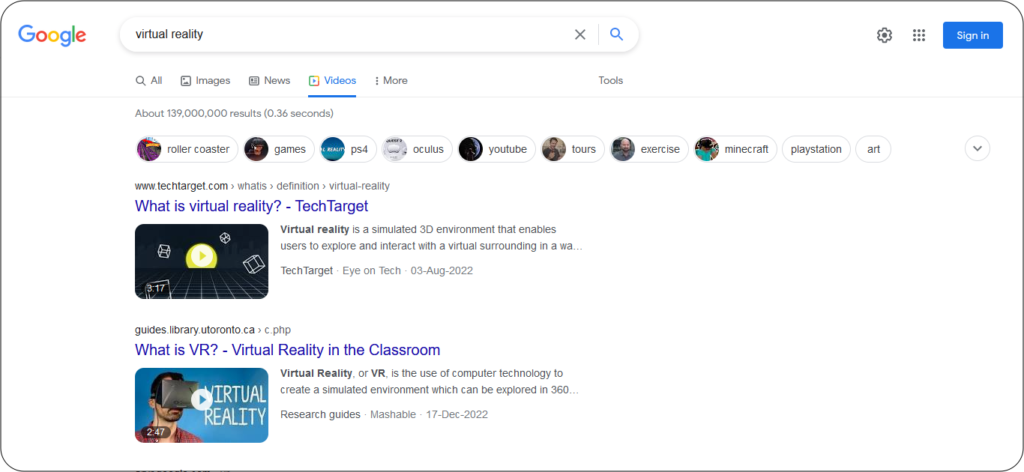
7. People also ask boxes: These boxes appear on the SERP and provide users with related questions that are commonly asked about the topic they searched for. Clicking on one of the questions expands the box to reveal a brief answer.
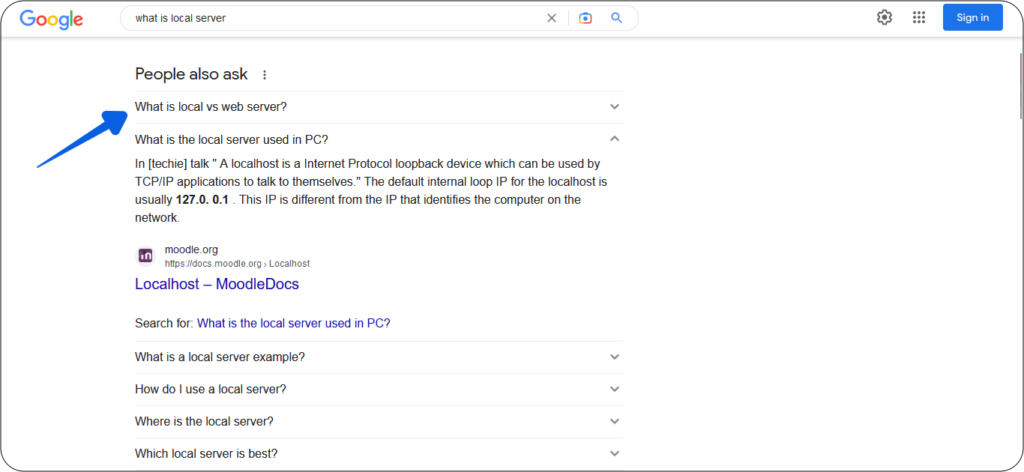
8. Related searches: These appear at the bottom of the SERP and provide users with additional queries related to their original search. This feature is useful for users who want to expand their search and find more information on a particular topic.
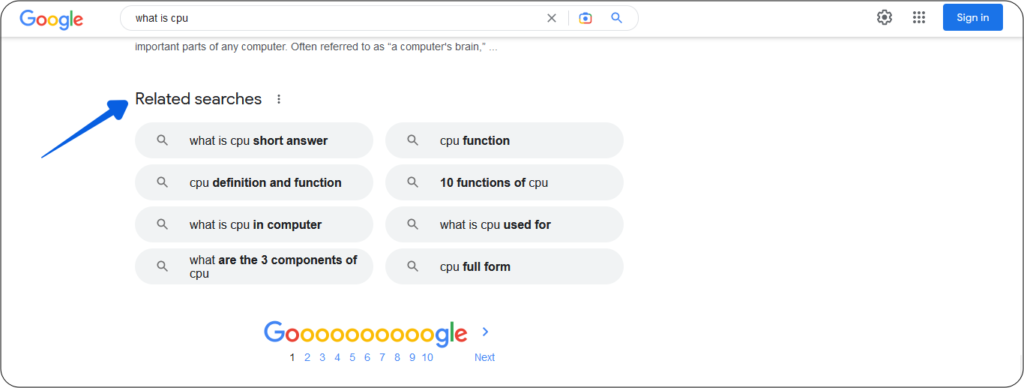
9. Site links: These are additional links that appear beneath a website’s main link on the SERP. Site links are often used for navigational purposes, allowing users to find specific website pages quickly.
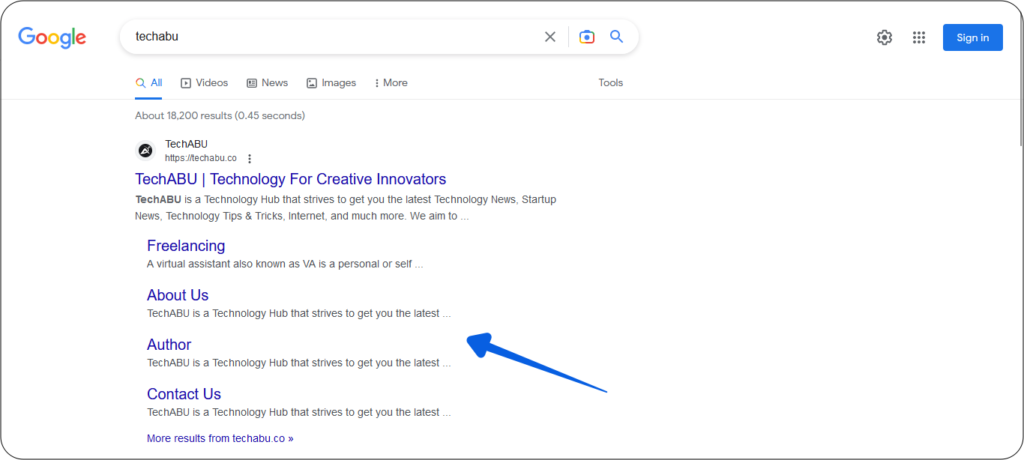
10. Reviews and ratings: These are snippets of reviews and ratings from other users that appear on the SERP. This feature is useful for users who are looking for feedback from others before making a purchasing decision.
11. Social media profiles: Social media profiles may appear on the SERP for some searches. This feature is useful for users looking for information about a particular person or organization and wanting to see their social media presence.
12. Local results/maps: For location-specific searches, such as “call centers near me,” the SERP will display local results and a map. These results are tailored to the user’s location and provide information about nearby businesses.
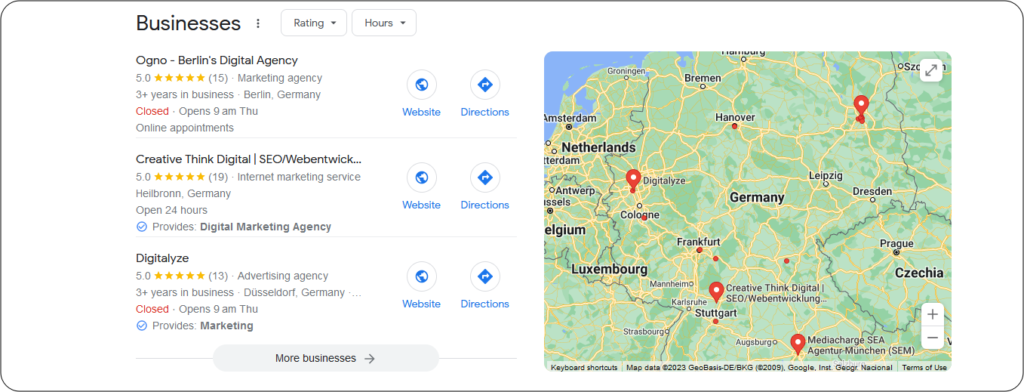
13. News articles: For searches related to current events, news articles may appear on the SERP. These articles provide up-to-date information on a particular topic and are often organized by publication or relevance.

14. Knowledge panel: This is a box that appears on the right-hand side of the SERP and provides additional information about a specific entity, such as a person, place, or organization. The information displayed in the Knowledge Panel is often sourced from various trusted sources, such as Wikipedia, and may include images, descriptions, links to social media profiles, and more.
How To Appear at The Top of SERP?
If you’re a website owner, you’re probably wondering how to get your website to appear at the top of search engine results pages (SERPs). The answer lies in search engine optimization (SEO), a set of strategies and techniques that help websites rank higher in search engine results.
To appear at the top of SERPs, you need to optimize your website for search engines.
There are two main types of SEO: On-Page and Off-Page SEO.
On-page SEO involves optimizing your website’s content and structure to make it more search-engine friendly. This includes optimizing your website’s meta tags, headers, and images and ensuring your content is high-quality and relevant to your target audience.
On the other hand, off-page SEO involves building backlinks and social media presence to increase the authority and popularity of your website. This includes building relationships with other websites and influencers and sharing your content on social media platforms.
To learn more about on-page and off-page SEO, check out our guides on these topics:
It’s important to note that SEO is an ongoing process and requires continuous effort and monitoring. Optimizing your website for search engines and keeping up with the latest SEO trends and best practices can improve your chances of appearing at the top of SERPs and driving more traffic to your website.
